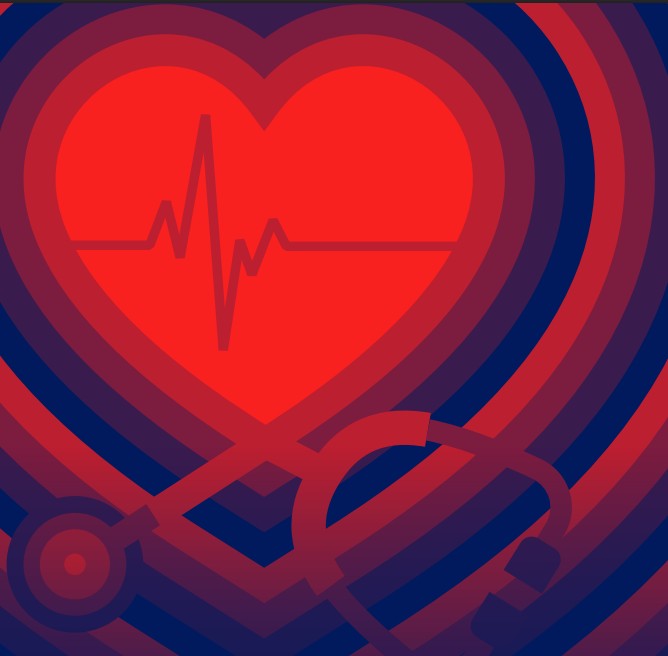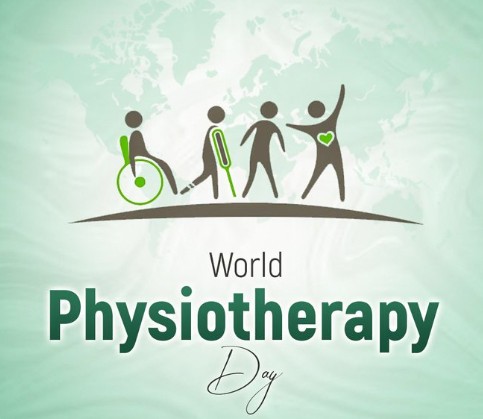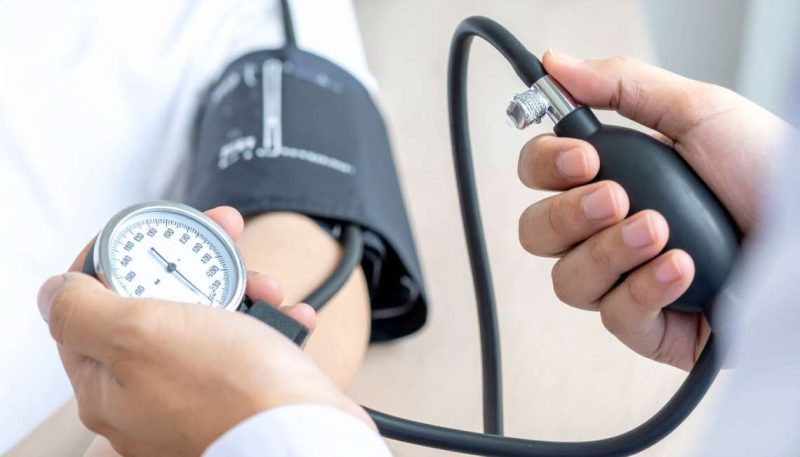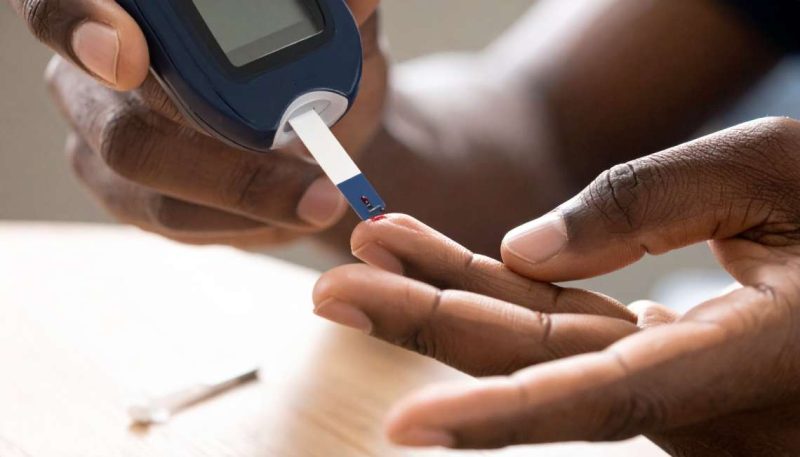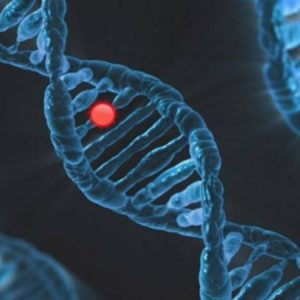Between two and six years, more than one in four patients reported cramps in the feet as the most common side effect of nerve damage, or peripheral neuropathy. Difficulty opening a jar, numbness in feet, tingling in feet, and difficulty climbing stairs were the other side effects…reports Asian Lite News
Swedish researchers have developed a novel tool that can predict the risk level of nerve damage in each individual from breast cancer treatment.
While once deadly cancer is becoming treatable, many women treated for breast cancer using taxanes — a chemotherapy drug used to prevent breast cancer recurrence — often experience side effects in the nervous system.
The new tool, by researchers at Linkoping University in Sweden, could help doctors adapt treatment to avoid persistent side effects in those at the greatest risk.
Kristina Engvall from the varsity noted that nerve damage is a very common side effect after treatment with taxanes for breast cancer. They often persist for several years.
“For those affected, it is extremely stressful, and it has a major impact on quality of life,” she added.
For the study, published in the journal npj Precision Oncology, the team surveyed side effects in 337 patients treated for breast cancer with either docetaxel or paclitaxel — the two most common taxane drugs.
Between two and six years, more than one in four patients reported cramps in the feet as the most common side effect of nerve damage, or peripheral neuropathy. Difficulty opening a jar, numbness in feet, tingling in feet, and difficulty climbing stairs were the other side effects.
To develop the prediction model, the researchers sequenced the patients’ genes and then built models that link genetic characteristics to various side effects of the taxane treatment.
The researchers succeeded in modelling the risk of persistent numbness and tingling in feet using machine learning.
The two models separated the patients into two sets: one with a high risk of persistent side effects, and one that corresponded to the frequency of peripheral neuropathy in the normal population.
Kristina noted that the new tool can help personalise treatment.
ALSO READ-Lifestyle Habits Drive Alarming Cancer Rates in Indian Millennials









